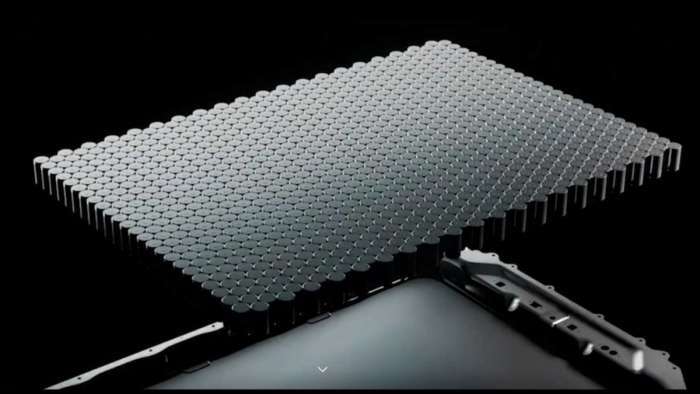The useful life of a battery is measured by the number of charge and discharge cycles that it supports without excessive degradation in its energy capacity. This process causes the active materials on the cathode and anode to expand and contract. These volume changes cause damage that, over time, causes the battery to lose energy capacity, reducing the range of the vehicle in which it is installed.
A team of scientists from the University of Chicago have used a combination of high-power electron microscopy techniques and computer modeling to understand, at the atomic level, how the degradation process actually evolves; their research can help design longer-lasting lithium batteries. "To address many of the challenges of energy storage we must continue to innovate and improve batteries", says Y. Shirley Meng, lead researcher, in the official University of Chicago news release, describing the published research paper in Joule magazine.

The degradation process: Lithium is a very light metal with a high energy density-to-weight ratio. When a battery is charged, lithium ions pass from the positively charged cathode to the negatively charged anode. To release energy, the ions return from the anode to the cathode. As cycles accumulate, the active materials on the cathode and anode expand and contract, cracking the particles and causing other physical damage that, over time, causes lithium-ion battery performance to suffer.
How to avoid degradation: until now, several studies have characterized the cracking and particle degradation of small and thin electrodes, which are used in batteries with low energy capacity. However, in larger batteries, such as those used in electric vehicles, the use of thicker electrodes and higher energy density is common.
"The kinetics of a thick electrode is quite different from that of a thin electrode", explains Minghao Zhang, co-author of the paper. "Actually, the degradation is much worse at thicker, higher-energy electrodes". Its quantitative study is more complicated since the tools that previously worked to study thin electrodes "cannot capture the structures of larger and denser materials", he added.

In this new work Meng, Zhang and his collaborators at biotech company Thermo Fisher Scientific, turned to plasma-focused ion beam scanning electron microscopy (PFIB-SEM). The PFIB-SEM technique basically makes it possible to visualize the changes that occur within these thick cathodes by obtaining an ultra-high resolution image of the three-dimensional structure of the material. The researchers compared a new cathode to one that had been charged and discharged 15 times. Based on those observations, the team built digital computational models that illustrate the cathode degradation process of batteries.
Conclusions
The results of the investigation reveal that variations in the architecture of different areas within the battery is what fostered many of the structural changes. Electrolyte corrosion most often occurs in a thin layer on the cathode surface; this upper coating develops a thicker resistive layer, which causes the lower one to expand and contract more than other parts of the cathode, thus accelerating degradation.
The model also points to the importance of CBD: a porous lattice of fluoro-polymer and carbon atoms that holds the active materials of an electrode together and helps conduct electricity through the battery. It is worth mentioning that in previous investigations it had not been possible to characterize its degradation during battery use. However, this work suggests that the weakening of the contacts between CBD and the cathode active materials leads directly to decreased performance of batteries.

With this virtual cathode model, the group studied the adjustments that must be made in the electrode design to avoid degradation. It showed that changing the network of the CBD structure could help prevent the worsening of contacts between this structure and active materials, increasing the useful life of the batteries.
With this hypothesis, engineers can now actually translate the idea into physical experiments: the team is now using the same approach to study even thicker cathodes and working on additional models to slow electrode degradation.
Source: Joule magazine
All images courtesy of Tesla Inc.
Nico Caballero is the VP of Finance of Cogency Power, specializing in solar energy. He also holds a Diploma in Electric Cars from Delft University of Technology in the Netherlands, and enjoys doing research about Tesla and EV batteries. He can be reached at @NicoTorqueNews on Twitter. Nico covers Tesla and electric vehicle latest happenings at Torque News.












